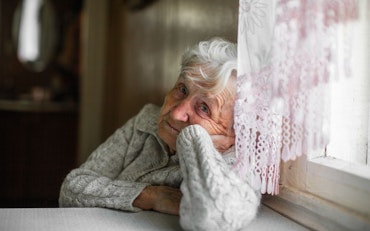Battle of ‘bland’ in building design for seniors
The concept of designing buildings, products and environments which are accessible to older people and those with and without disabilities has been ignored, according to the University of Technology Sydney (UTS).

Berto Pandolfo, course director in Industrial Design at the School of Design at UTS, is passionate about producing buildings, products and environments that are inherently accessible to older people.
Consumer goods such as furniture and kitchen appliances are designed, first and foremost, for the able bodied. Retrofitting them or designing something specifically for older people or those with a disability can be complicated and expensive.
But good design and technology should be available to everyone, said project manager at the Cerebral Palsy Alliance (CPA), Robyn Cummins.
Traditionally, people with disabilities have relied on products specifically designed for them, such as shower chairs and wheelchairs. The problem, according to Ms Cummins, is that many of these products haven't changed for more than 40 years.
“They look medical and people don't want them in their homes. We are interested in form as well as function [but] we are fighting a battle of the bland.”
In a bid to encourage the mainstream design and technology community to embrace the concept of universal design — producing buildings, products and environments that are inherently accessible to older people and those with and without disabilities — the CPA has partnered with the UTS to host what has been described as Australia's first ‘Enabled by Design-athon’.
Later this month, they will bring together product designers, engineers, entrepreneurs, UTS students, people with disabilities and disability professionals to swap ideas and experiment with prototypes.
With one in five Australians having some type of disability and with the population ageing rapidly, there is a ready market for well designed products, Ms Cummins said.
However, she added there was still a place for assisted technology for people whose level of impairment is so great that products and environments have to be adapted to their particular needs.
Berto Pandolfo, course director in Industrial Design at the School of Design at UTS, said there was no shortage of students willing to apply themselves to the challenges of universal design.
“They sense that they have the ability to effect change and we encourage that,” Mr Pandolfo said.
“The dilemma is that it's often difficult for them to continue with their projects beyond university.
“Larger companies are interested to see the capabilities and skills of our students but it is still a long road before products become a commercial reality,” he added.
Enabled by Design-athon is on Friday and Saturday, 25 and 26 July, Level 3, Peter Johnson Building, 702-730 Harris St, Ultimo, New South Wales. Free places are limited. Apply online.










